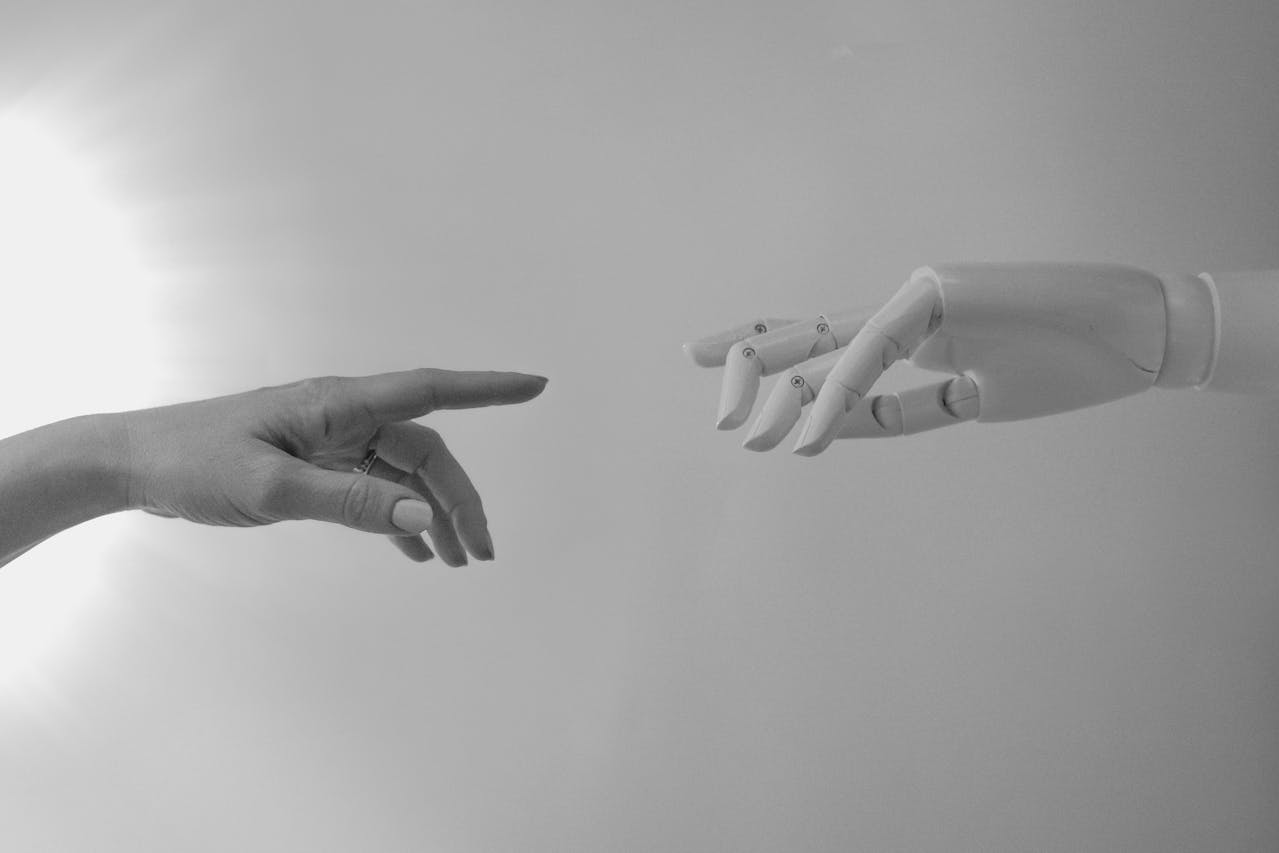Artificial intelligence (AI), once confined to the realm of automation and logical problem-solving, is increasingly venturing into the intricate domain of creativity. This burgeoning intersection is sparking both excitement and debate, challenging traditional notions of artistic expression and opening up unprecedented avenues for human-AI collaboration. From generating musical compositions and painting digital masterpieces to assisting in the writing process and designing innovative products, AI’s role in creative endeavors is rapidly evolving, promising a future where human ingenuity and artificial intelligence work in tandem to push the boundaries of artistic possibility.
Historically, creativity has been viewed as a uniquely human attribute, stemming from our emotions, experiences, and subjective interpretations of the world around us. The ability to conceive novel ideas, forge unexpected connections, and express oneself through various artistic mediums has long been considered a hallmark of human consciousness. However, advancements in AI, particularly in the field of machine learning, are beginning to blur these lines. AI algorithms, trained on vast datasets of existing creative works, are now capable of generating outputs that exhibit characteristics often associated with human creativity – originality, aesthetic appeal, and even emotional resonance.
One of the most prominent areas where AI is making significant strides in creativity is in the realm of visual arts. AI models like DALL-E 2, Midjourney, and Stable Diffusion have demonstrated an uncanny ability to generate photorealistic images and imaginative artwork from textual descriptions. These AI art generators can produce diverse styles, ranging from classical paintings to futuristic landscapes, often surprising viewers with their level of detail and artistic flair. Artists are now exploring these tools not just as novelty generators but as powerful instruments for inspiration, concept development, and even direct creation. They can use AI to explore different artistic styles, visualize abstract ideas, and generate variations on their existing work, leading to novel artistic expressions that might not have been conceived otherwise.
Similarly, AI is making waves in the field of music composition. AI algorithms can analyze vast libraries of musical pieces, learn underlying patterns and structures, and then generate original musical scores in various genres. While early AI-generated music often lacked the emotional depth and nuanced expression of human composers, recent advancements have led to the creation of more sophisticated and emotionally evocative pieces. AI can assist musicians in overcoming creative blocks, exploring new harmonic possibilities, and even generating entire soundtracks for films or video games. The collaboration between human composers and AI tools can lead to the creation of music that blends the technical proficiency of AI with the emotional intelligence and artistic vision of human artists.
Beyond visual arts and music, AI is also finding applications in other creative domains. In writing, AI-powered tools can assist with brainstorming ideas, generating different writing styles, and even drafting initial versions of articles, poems, or scripts. While AI may not yet possess the nuanced understanding of human emotion and the ability to craft truly compelling narratives on its own, it can serve as a powerful tool for writers, helping them overcome writer’s block, explore different stylistic approaches, and refine their prose. In the field of design, AI algorithms can generate novel product designs, architectural blueprints, and fashion concepts, taking into account various constraints and user preferences. This can accelerate the design process, lead to more innovative solutions, and even personalize designs to individual needs.
The emergence of AI in creative fields raises several important questions and considerations. One of the primary debates revolves around the very definition of creativity. Can an algorithm truly be creative, or is it merely mimicking patterns learned from human-created works? Some argue that true creativity requires intention, emotion, and a unique perspective on the world – qualities that AI, as it currently exists, does not possess. Others contend that the ability to generate novel and aesthetically pleasing outputs, regardless of the underlying mechanism, can be considered a form of creativity. This debate is likely to continue as AI’s creative capabilities become more sophisticated.
Another crucial aspect is the impact of AI on human artists. Will AI tools replace human creators, or will they serve as collaborators and augment their abilities? While concerns about job displacement are understandable, many artists see AI as a powerful tool that can enhance their creative process, free them from tedious tasks, and open up new avenues for artistic expression. The future likely lies in a collaborative model where human artists leverage AI’s capabilities to explore new creative frontiers, pushing the boundaries of art in ways that were previously unimaginable.
Furthermore, the ethical implications of AI-generated art need careful consideration. Questions surrounding copyright, ownership, and the potential for misuse of AI tools to create deepfakes or manipulate artistic expressions are becoming increasingly relevant. As AI becomes more integrated into the creative landscape, it will be crucial to develop ethical guidelines and legal frameworks that address these challenges and ensure the responsible use of this powerful technology.
In conclusion, the intersection of AI and creativity is a dynamic and rapidly evolving field with the potential to transform the way we create and experience art. While debates about the true nature of AI creativity and its impact on human artists will undoubtedly continue, the potential for human-AI collaboration in pushing the boundaries of artistic expression is immense. As AI tools become more sophisticated and integrated into creative workflows, we can expect to see a new era of artistic innovation, where the unique strengths of both human ingenuity and artificial intelligence combine to create art that is both novel and profoundly impactful. The journey into this uncharted territory promises to be both exciting and transformative, reshaping our understanding of creativity and the future of artistic expression.
